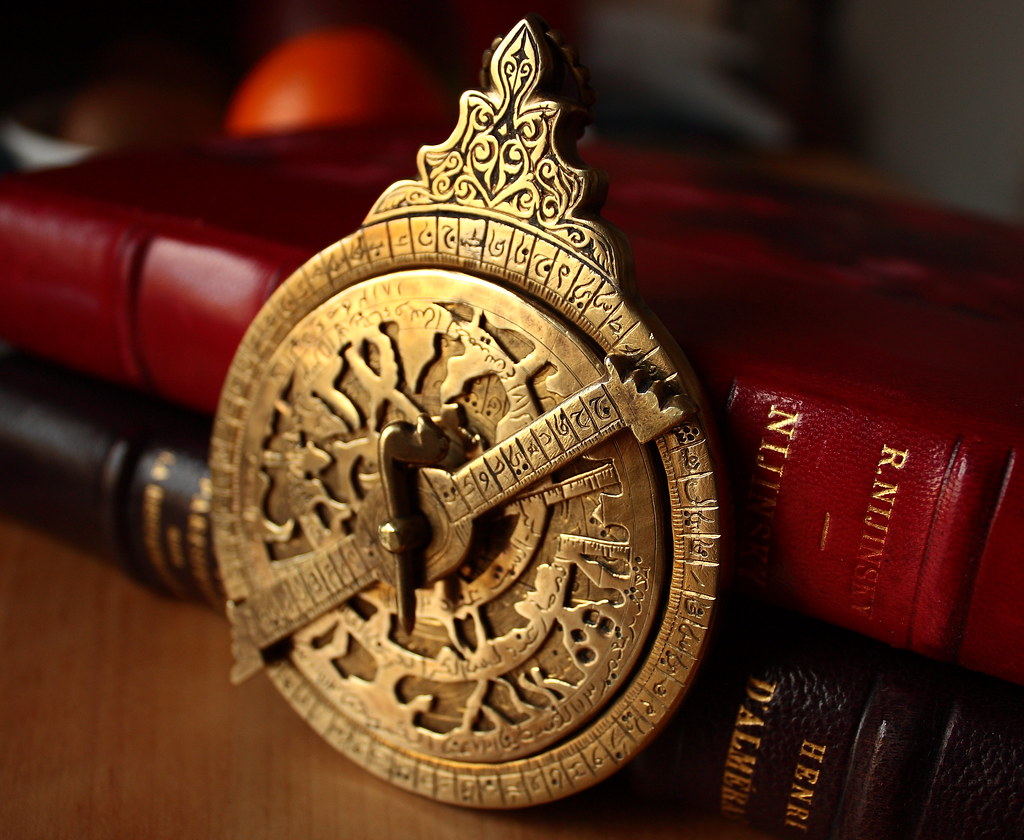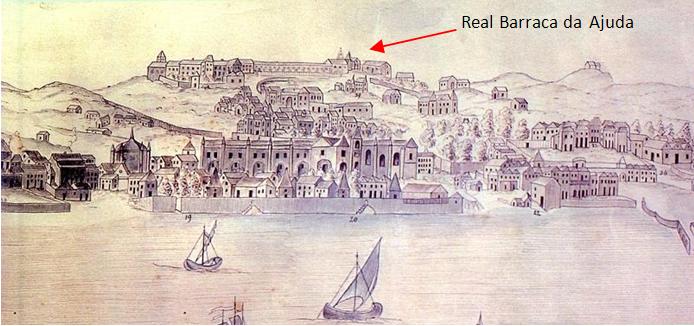After six years of work researching, writing, and editing, my first purely historical fiction novel, The Stars of Heaven, has finally reached release day! One thing that had long kept me in the “historical fantasy” sphere (beyond the fact that magic is fun!) was I was always a bit intimidated by the amount of research that goes into true historical fiction novels. And The Stars of Heaven was its own level of research hell since, like the bulk of Americans I’ve met, I had never even heard of the 1755 Lisbon Earthquake before learning of its existence in a rather unlikely source–an Assassin’s Creed game. After falling down a research hole trying to find out what this disaster was, I found what might be one of the most important events of the Western world that no one outside of Portugal (who hasn’t read Voltaire’s Candide) seems to know about.
So, for those of you out there who, like me, had never heard of this disaster. Here are seven of the most interesting fact I learned while in that research quagmire:
1. It was more than “just” an earthquake.
While the earthquake was the primary disaster (with an epicenter likely somewhere off the Portuguese coast under the Atlantic and large enough to have reports of feeling it in New England papers–estimated to be an 8.4 on the modern Richter scale) Lisbon really couldn’t catch a break. Rather than a quick rumble passing through, there were three distinct waves of shaking, each reportedly lasting for several minutes. Contemporary accounts disagree on exact timing (I imagine you aren’t busy looking at your pocket watch in the middle of trying not to die) but it is generally agreed that the shaking alone lasted at least ten minutes. As the quake also happened on a holiday (All Saints’ Day) in very Catholic Portugal, it also managed to knock over a ton of votive candles and start fires all over the city. As Lisbon is built at the center of a number of tall hills, this created a fire bowl that ripped through what buildings weren’t destroyed.

Since that obviously wasn’t enough though, as often happens with earthquakes under water, the quake then sparked off tsunamis–three of them, one for each wave of the quake–that hit the city and washed out most of the Lisbon waterfront (including the king’s Riverside Palace and Naval Shipyard). When all was said and done, there was practically nothing left of downtown Lisbon (known as the Baixa).
2. An estimated 50,000 died and 100,000 were left homeless.
With the success of Portugal’s overseas colonies (most notably Brazil) in the eighteenth century, Lisbon was a thriving trading port, housing an estimated 10% of Portugal’s total population (approx. 250,000 people). As it was a holiday, many from the surrounding countryside had come to the city to attend High Mass and other festivities, making the already crowded city packed. This led to an estimated 50,000 deaths over the course of the quakes, fires, and tsunamis, and another 100,000 people left homeless.

3. It was the first “modern” disaster with major international aid.
While the Great Lisbon Earthquake was far from the first major natural disaster, it was the first in a major European city after trade had interwoven the major powers so closely (as a port city, Lisbon had a sizable expat community, including traders from across the globe). News of the destruction shocked the world, and many countries immediately sent aid to help the struggling lisboetas (and evacuate any of their own citizens who wished to leave). As this was the eighteenth century, “immediately” often did mean several months between the news reaching somewhere and then ships making it back, but it still was perhaps the first example of the outpouring of international aid we still see following major disasters.
4. It included one of the first scientific seismic studies.
While many did believe the earthquake had been sent by God to punish, those interested in the “modern” methods brought by the European Age of Enlightenment wanted to find a scientific explanation for what happened. This included interviewing those willing to give first-person accounts and sending out surveys asking questions such as “When did you first feel the shaking” (trying to track how the quake moved) and “Did you notice any signs before the shaking started” (such as animals acting strangely or wells running low). It was hoped that being able to understand any patterns would allow them to predict future quakes, or at least “earthquake proof” new buildings.

5. Soldiers marching was used to test earthquake-proof designs.
Paired with the survey, following the quake, architects worked for years to try to build structures that were “earthquake proof” including using different types of latticework to support stone buildings and have the masonry fall out to the street rather than on anyone in the building. To test the different models created (as they couldn’t call up another small quake or use a modern earthquake simulator) they came up with the ingenious solution of having soldiers march in circles around the models to make the ground shake. This allowed them to pick the strongest framing designs.
6. It (more or less) ended the Portuguese Inquisition.
Perhaps less well known than its Spanish cousin, there was also a Holy Office of the Inquisition in Portugal that ran well into the eighteenth century.

While the quake did lead many to double down on their faith, it also put the Church in direct conflict with the scientific methods being used to study the quake (hey, look, that’s what my book’s about… fancy that…) While it was a slow process, the quake more or less was the beginning of the end of the Portuguese Inquisition. Other progressive legislation tied (either directly or indirectly) to the earthquake includes the founding of public schools in Portugal, “modernization” of college curricula (moving away from classic Latin studies), abolition of slavery in Portugal (though unfortunately not its colonies–sorry, Brazil), and opening positions once only allowed to be held by nobility to anyone qualified.
7. It permanently scarred the king (mentally).
While the reigning king, Dom José (Joseph I of Portugal), and his family escaped the quake physically intact (they were spending the holiday in Belém–now a part of Lisbon–which was located on stronger bedrock to the west and not as hard hit as the Baixa) mentally, the king never recovered. Suffering from what most likely would now be called PTSD, he refused to step foot inside masonry again for the rest of his life, going so far as to commission what came to be known as the Real Barraca (literally the “royal shack” or “royal tent”) a grand single-story palace built entirely of wood.

By all accounts, it was an impressive structure filled with tapestries and other luxuries to make it more “royal” than “shack” located on the site of modern-day Ajuda National Palace. Unfortunately, as wooden structures are wont to do, it caught fire and burned down in 1794.
Overall, it is a fascinating time that really deserves more attention than it’s currently given. For those interested in the actual history, I highly recommend This Gulf of Fire: the destruction of Lisbon or apocalypse in the age of science and reason by Mark Molesky (my primary source while writing) or The Last Day: Wrath, Ruin, and Reason in the Great Lisbon Earthquake of 1755 by Nicholas Shrady. And for those interested in a fictionalized account of the quake and years following it, pick up The Stars of Heaven, available at all major online retailers.

Amazon: https://www.amazon.com/gp/product/B08CHNS816/
Barnes and Noble: https://www.barnesandnoble.com/w/the-stars-of-heaven-jessica-dall/1137445552
